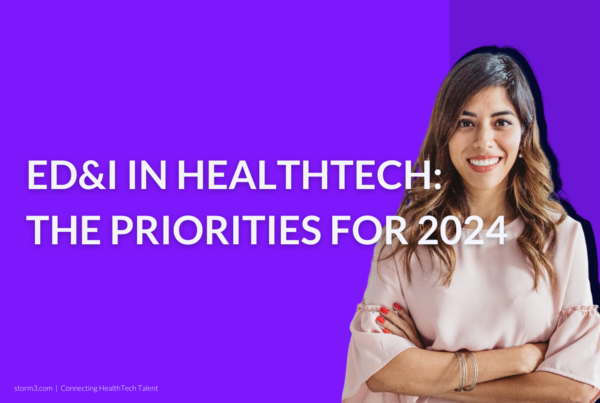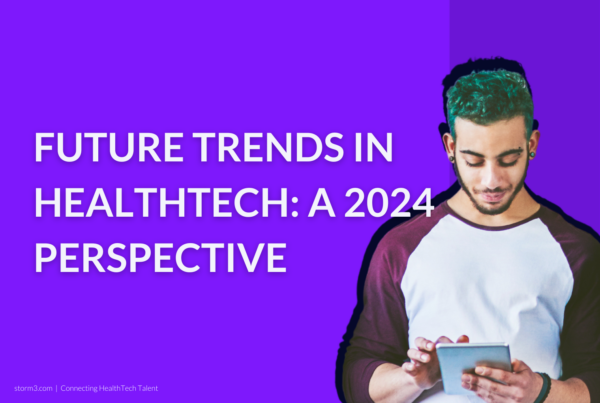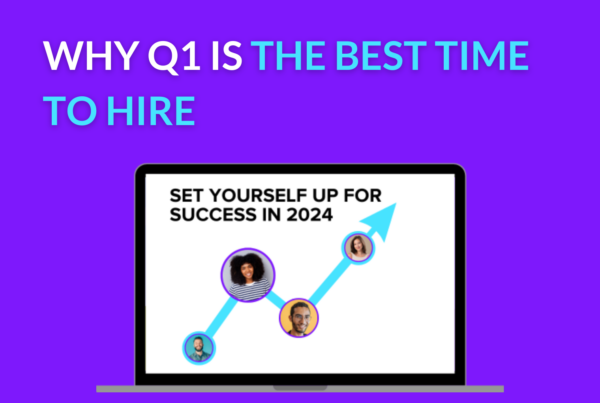Extended Reality (XR) technologies are on the rise and are causing significant transformations in the healthcare industry. So much so, that by 2026, the value of Augmented Reality (AR) and Virtual Reality (VR) in the healthcare sector worldwide is estimated to by worth $10.82 billion.
Innovation and the continually expanding usage of these technologies within the healthcare space is presenting new ways to exceed limitations and improve clinical access and outcomes for people across the globe. From improved medical education, patient knowledge, and wellbeing, to enhanced therapeutic treatments and surgeries, the following uses of XR are playing a key role in alleviating the pressures of the healthcare industry.
What Is Extended Reality?
Extended Reality (XR) is an umbrella term for all immersive technologies, with these being Augmented Reality (AR), Virtual Reality (VR), and Mixed Reality (MR). Ultimately, all immersive technologies extend the reality we experience by either creating a fully immersive experience, or by blending the virtual and the ‘real’ world. Like its subsectors, XR is a relatively fresh term, but it’s rapidly breaking into the healthcare industry and supplementing human reality in unimaginable ways, with recent research revealing that over 60% of respondents believe XR will become mainstream in the healthcare space over the next 5 years.
The Benefits Of Extended Reality In HealthCare
Improved Medical Education:
XR is proving monumental for medical education. In Universities, for example, AR tech is being used to improve the learning experience of medical students through anatomical holographs. This 3D, superimposed model enables students to learn about the composition of the human body through seeing and interacting with it. Research has proven that such immersive technology is producing greater knowledge retention in comparison with tablets or computer screens.
The UK based company Curiscope is one example of HealthTech which is creating immersive learning experiences through virtual and augmented reality. Their flagship product of the ‘Virtuali-Tee’ t-shirt allows people to see the inner parts of the human body through realistic holograms, bringing anatomy to life in a way which resonates with those looking to expand their medical knowledge.
Enhanced Therapeutic Treatments:
Virtual reality in particular is proving to be seriously effective in therapeutic treatments, with it being used to immerse patients into relaxing simulated environments that can help reduce pain, calm them down before or even during treatment, and principally improve the experience of being in a clinical setting.
In one example, a team in Brazil used VR to help children overcome their fear of vaccinations. In the project called ‘VR Vaccine’, children watched (via a VR headset), an animated adventure story, while a nurse synchronised the action of cleaning the skin and administering the injection within the story. Research conducted by the team showed that most children feared the needle itself over the pain they may feel, and so this approach to vaccinations through VR was devised to subsequently distract children from the needle.
Enhanced Surgeries:
For adult patients under regional aesthetic – that is, they aren’t put under for the procedure – VR is also proving to help keep them calm during surgery. At St George’s Hospital, London, adult patients who were undergoing procedures with regional anaesthetic were given the opportunity to use a VR headset before and during their operation, which submerged them into calming, virtual environments. A staggering 100% of participants said that wearing the headset improved their hospital experience; 94% said they felt more calm, and 80% reported feeling less pain; statistics which inarguably demonstrate just how effective VR within healthcare settings can be.
Greater Patient Knowledge:
Patient knowledge and agency is hugely increasing subsequent to XR technologies. Practitioners are able to explain a patient’s medical condition to them through visual representation enabled by AR, and in cases where there are multiple treatment pathways or medications, patients are able to make more informed decisions through having a greater understanding of their medical situation.
Improved Patient Wellbeing:
The positive effects of mindfulness on overall health is well documented, with a study by University College London finding that 10-20 minutes of daily mindfulness meditation can have incredible benefits on your wellbeing. As such, an excess of meditation and wellbeing apps are gracing the healthcare scene, helping people meditate and destress, and commonly using solutions which incorporate VR to make guided meditations more immersive. The ‘Guided Meditation VR’ is one such app. Coming with over 100 ready-to-go meditations in incredible settings, such as a secluded forest, peaceful beach, or on the top of a mountain, this meditation practice app immerses its users through visually pleasing scenes to allow them to focus on their breathing and de-stress.
The Future Of Extended Reality In Healthcare
While many of the abilities and applications of extended reality are still to come, what is certain is that these technologies are transforming healthcare through continuously enhancing the patient experience and the delivery of medical care.
Extended reality is forcing a realignment of our existing beliefs on how and where healthcare takes place. With XR in healthcare already increasing access, decreasing costs, and improving medical results for people around the world, the success and rising acceptance of these technologies demonstrate that a future where XR helps shape healthcare is inevitable.
Are you a HealthTech looking to scale and grow your organization? If so, get in touch! Our team of consultants have a deep network of professionals who will bring incredible experience to your XR team.










